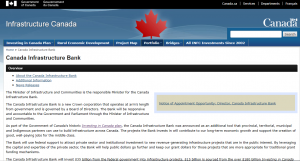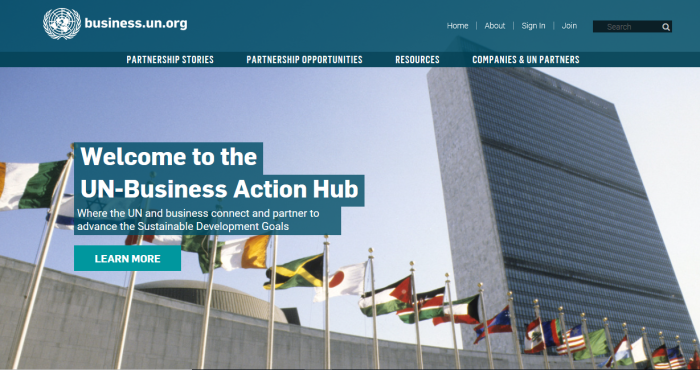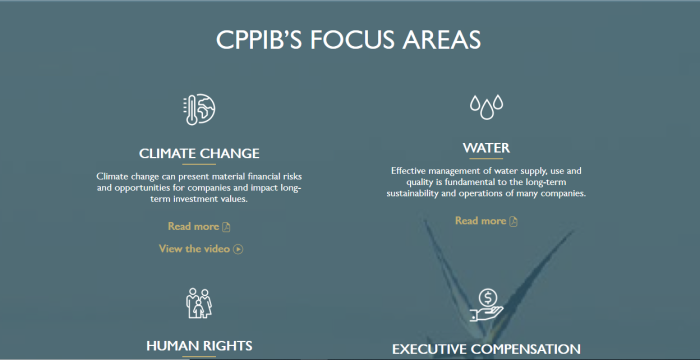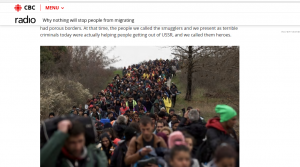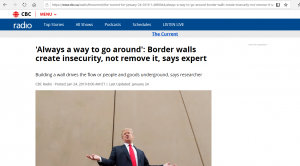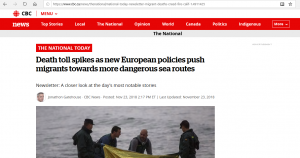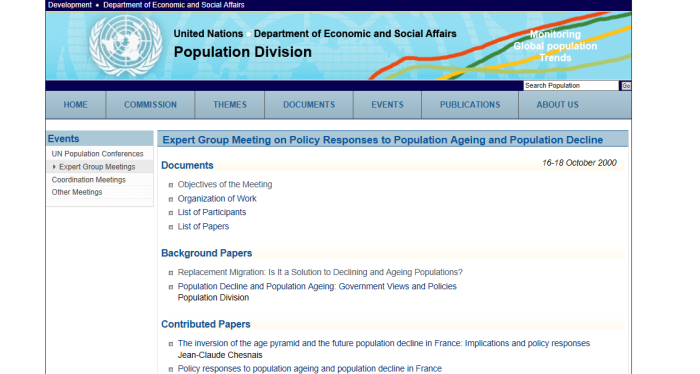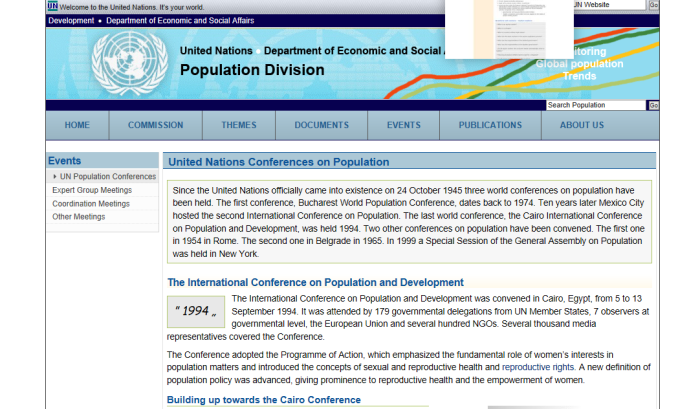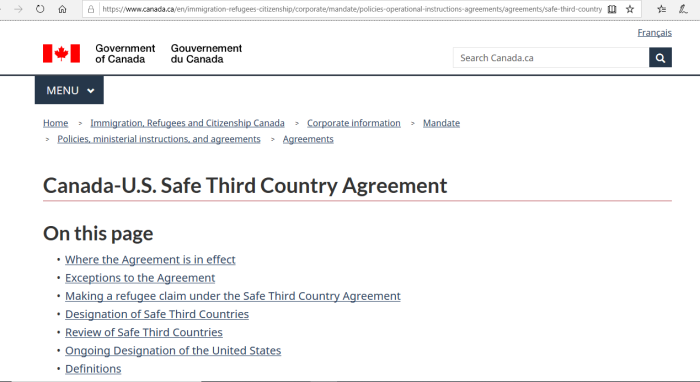
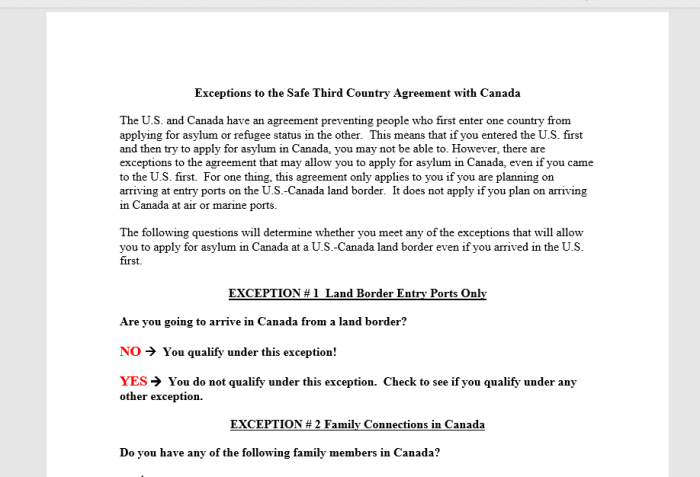
CLICK HERE, for previous article on the Canada/US Safe 3rd Country Agreement (signed in 2002)
1. Interesting Cases
(1) CLICK HERE, for a marriage of convenience.
Liang v Canada (Public Safety and Emergency Preparedness, 2014 CanLII 90636 (CA IRB)
(2) CLICK HERE, for committing identity fraud in order to gain entry to Canada.
Shaikh v Canada (Public Safety and Emergency Preparedness), 2018 CanLII 89040 (CA IRB)
(3) CLICK HERE, for an actual terrorist wanting to stay in Canada.
Singh v. Canada (Minister of Citizenship and Immigration), 1997 CanLII 5893 (FC)
(4) CLICK HERE, for a failed US asylum seeker, relying on falsified psychological documents.
X (Re), 2016 CanLII 152912 (CA IRB)
(5) CLICK HERE, for a failed US asylum seeker changing his story this time.
X (Re), 2013 CanLII 99499 (CA IRB)
(6) CLICK HERE, for an Indian man claiming to be from Tibet to gain asylum (Mariam Monself, take note).
X (Re), 2014 CanLII 100882 (CA IRB)
(7) CLICK HERE, for a “refugee” who lived illegally in the US for 14 years, then trying to claim asylum in Canada
X (Re), 2015 CanLII 44019 (CA IRB)
(8) CLICK HERE, for a wanted fugitive from China trying to get asylum in Canada.
X (Re), 2015 CanLII 107837 (CA IRB)
These 8 cases are just a small sample of the tidal wave of fraudulent “refugee” claims that have been made over the last several years. Although many get rejected, many still get through. This happens even when adjudicators admit that applicants have been deceptive.
2. UN Promotes Abuse Of S3CA
CLICK HERE, for the UN link.
Exceptions to the Safe Third Country Agreement with Canada
The U.S. and Canada have an agreement preventing people who first enter one country from applying for asylum or refugee status in the other. This means that if you entered the U.S. first and then try to apply for asylum in Canada, you may not be able to. However, there are exceptions to the agreement that may allow you to apply for asylum in Canada, even if you came to the U.S. first. For one thing, this agreement only applies to you if you are planning on arriving at entry ports on the U.S.-Canada land border. It does not apply if you plan on arriving in Canada at air or marine ports.
The following questions will determine whether you meet any of the exceptions that will allow you to apply for asylum in Canada at a U.S.-Canada land border even if you arrived in the U.S. first.
EXCEPTION # 1 Land Border Entry Ports Only
Are you going to arrive in Canada from a land border?
NO ==> You qualify under this exception!
YES ==> You do not qualify under this exception. Check to see if you qualify under any other exception.
EXCEPTION # 2 Family Connections in Canada
Do you have any of the following family members in Canada?
- A spouse
- A common-law partner (a common law partner is person of the same or opposite sex with whom you are cohabiting in a conjugal relationship and have cohabited for at least a year.)
- A legal guardian
- A child
- A father or mother
- A brother or sister
- A grandfather or grandmother
- A grandchild
- An uncle or aunt
- A nephew or niece
NO ==> You do not qualify under this exception. Check to see if you qualify under any other exception.
YES ==> Is your family member any of the following?
YES ==> You qualify under this exception!
NO ==> You do not qualify under this exception. Check to see if you qualify under any other exception.
EXCEPTION # 3 Unaccompanied Minor
Are you under 18?
NO ==> You do not qualify under the unaccompanied minor exception. Check to see if you qualify under any other exception.
YES ==> Were you accompanied here by your father, mother, or legal guardian? Are you married? Is your father, mother, or legal guardian in Canada or the United States?
If NO to all these questions ==> You qualify under this exception!
If YES to any of these questions ==> You do not qualify under this exception. Check to see if you qualify under any other exception.
EXCEPTION # 4 Countries to which Canada Does Not Remove
Are you a national of any of the following countries?
- Afghanistan
- Burundi
- Democratic Republic of Congo
- Haiti
- Iraq
- Liberia
- Rwanda
- Zimbabwe
NO ==> You do not qualify under this exception. Check to see if you qualify under any other exception.
YES ==> Have you been convicted of any crimes?
NO ==> You qualify under this exception!
YES ==> You may not qualify under this exception. Canada does not admit people who have been convicted of certain crimes. Whether you qualify under this exception depends on the type of crime(s) you were convicted of.
EXCEPTION # 5 Death Penalty
Have you been charged or convicted of an offence punishable with the death penalty in the country?
YES ==> You MAY qualify under this exception. Canada does not admit people who have been convicted of certain crimes. Whether you qualify under this exception depends on the type of crime(s) you were convicted of.
NO ==> You do not qualify under this exception. Check to see if you qualify under any other exception.
EXCEPTION # 6 Valid Visa Exception
Do you have a valid visa to enter Canada, other than a transit visa?
YES ==> You qualify under this exception!
NO ==> You do not qualify under this exception. Check to see if you qualify under any other exception.
EXCEPTION # 7 Visa Required in U.S. But Not in Canada
Are you a national of any of the following countries?
- Antigua and Barbuda
- Barbados
- Botswana
- Cyprus
- Greece
- Malta
- Mexico
- Namibia
- Papua New Guinea
- Republic of (South) Korea
- St. Kitts and Nevis
- St. Lucia
- St. Vincent
- Solomon Islands
- Swaziland
- Western Samoa
NO ==> You do not qualify under this exception. Check to see if you qualify under any other exception.
YES ==> You qualify under this exception!
From Canadian Website
CLICK HERE, for Canadian Government website.
Where the Agreement is in effect
The Safe Third Country Agreement applies only to refugee claimants who are seeking entry to Canada from the U.S.:
at Canada-U.S. land border crossings
by train or
at airports, only if the person seeking refugee protection in Canada has been refused refugee status in the U.S. and is in transit through Canada after being deported from the U.S.Exceptions to the Agreement
Exceptions to the Agreement consider the importance of family unity, the best interests of children and the public interest.
There are four types of exceptions:
- Family member exceptions
- Unaccompanied minors exception
- Document holder exceptions
- Public interest exceptions
Even if they qualify for one of these exceptions, refugee claimants must still meet all other eligibility criteria of Canada’s immigration legislation. For example, if a person seeking refugee protection has been found inadmissible in Canada on the grounds of security, for violating human or international rights, or for serious criminality, that person will not be eligible to make a refugee claim.
Family member exceptions
Refugee claimants may qualify under this category of exceptions if they have a family member who:
- is a Canadian citizen
- is a permanent resident of Canada
- is a protected person under Canadian immigration legislation
- has made a claim for refugee status in Canada that has been accepted by the Immigration and Refugee Board of Canada (IRB)
- has had his or her removal order stayed on humanitarian and compassionate grounds
- holds a valid Canadian work permit
- holds a valid Canadian study permit, or
- is over 18 years old and has a claim for refugee protection that has been referred to the IRB for determination. (This claim must not have been withdrawn by the family member, declared abandoned or rejected by the IRB or found ineligible for referral to the IRB.)
Unaccompanied minors exception
Refugee claimants may qualify under this category of exceptions if they are minors (under the age of 18) who:
are not accompanied by their mother, father or legal guardian
have neither a spouse nor a common-law partner, and
do not have a mother, a father or a legal guardian in Canada or the United States.Document holder exceptions
Refugee claimants may qualify under this category of exceptions if they:
hold a valid Canadian visa (other than a transit visa)
hold a valid work permit
hold a valid study permit
hold a travel document (for permanent residents or refugees) or other valid admission document issued by Canada, or
are not required (exempt) to get a temporary resident visa to enter Canada but require a U.S.–issued visa to enter the U.S.Public interest exceptions
Refugee claimants may qualify under this category of exceptions if:
they have been charged with or convicted of an offence that could subject them to the death penalty in the U.S. or in a third country. However, a refugee claimant is ineligible if he or she has been found inadmissible in Canada on the grounds of security, for violating human or international rights, or for serious criminality, or if the Minister finds the person to be a danger to the public.Making a refugee claim under the Safe Third Country Agreement
For detailed information on making a refugee claim for protection in Canada at the Canada–U.S. border, please refer to the Canada Border Services Agency (CBSA).
There are so many exemptions in this agreement that it’s difficult to find someone who “doesn’t” qualify on one or more grounds.
4. Canada Admits U.S. A Safe Country
Factor 3: Human rights record of the United States
The United States meets a high standard with respect to the protection of human rights. It is an open democracy with independent courts, separation of powers and constitutional guarantees of essential human rights and fundamental freedoms.
Factor 4: Whether the United States is party to an agreement with Canada for the purpose of sharing responsibility with respect to claims for refugee protection
The Safe Third Country Agreement between Canada and the United States was signed on December 5, 2002, came into force on December 29, 2004, and remains in force.
The US is a safe country. That “should” end the discussion on fake refugees coming here.
After all, simply being in the country illegally isn’t a defense.



